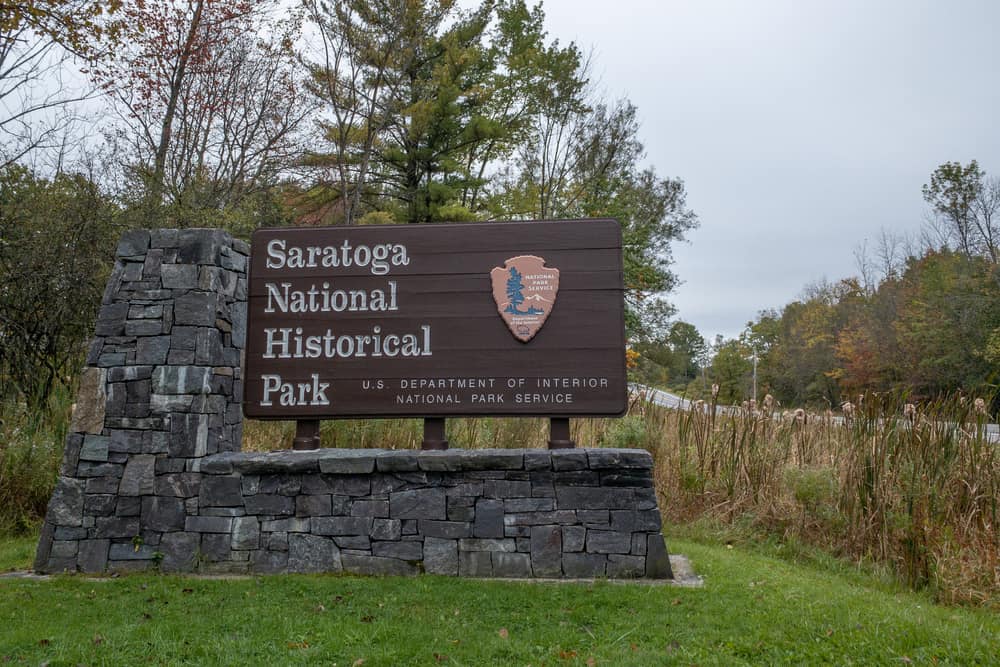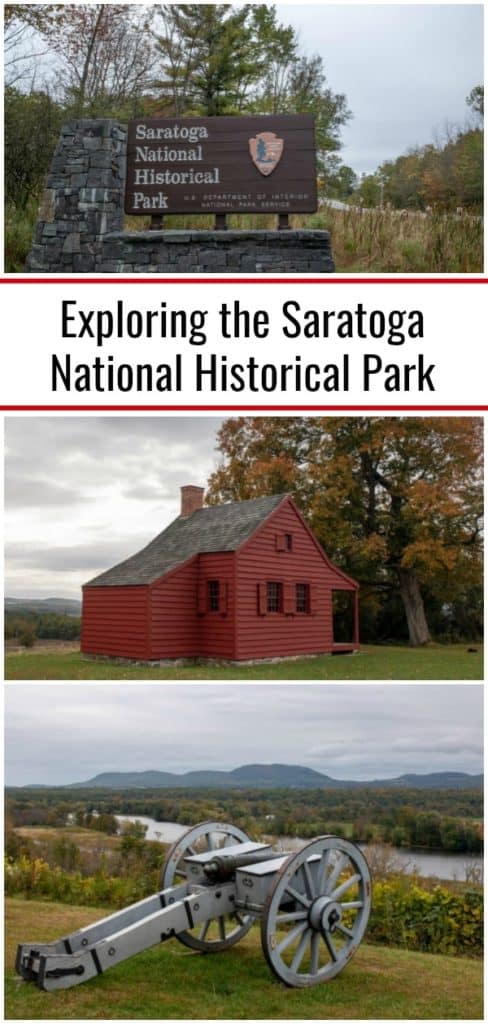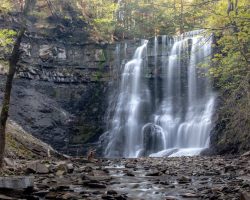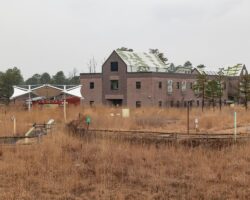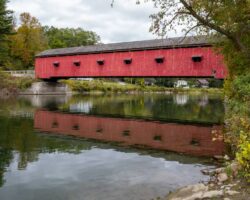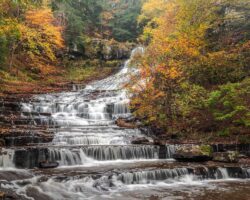While it’s not as well known as some of the other sites from the Revolutionary War, the Saratoga Battlefield near Stillwater, New York, is among the most important sites from the era. It was here that the Continental Army secured its first large victory over the mighty British Army.
The two Battles of Saratoga happened in September and October of 1777, a short time after George Washington’s Army lost the city of Philadelphia, and as the British Army was attempting to split the colonies in two. However, the American victory at Saratoga went a long way towards turning the tide of the war in favor of the Americans.
In large part because of this victory, the Continental Army gained confidence heading into the harsh winter of 1777, and the French decided to enter the war on the side of the fledgling United States.
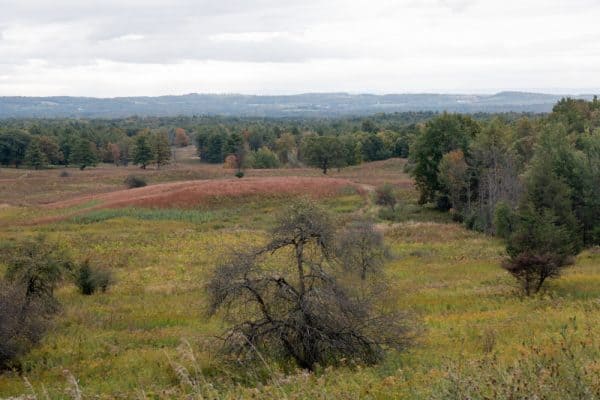
Today, the battlefield is preserved as part of the Saratoga National Historical Park in Saratoga County, New York.
While there are several auxiliary sites to the park that are located in Schuylerville, New York, for this article, we’ll focus on what you can see and do at the main portion of the historic battlefield.
Visits to the Saratoga National Historical Park start in the small visitor center. To be honest, I was quite surprised at how small and sparse this space was given the historical importance of the Battles of Saratoga, though there are a few interesting artifacts on display. That being said, the visitor center is definitely worth visiting for two main reasons.
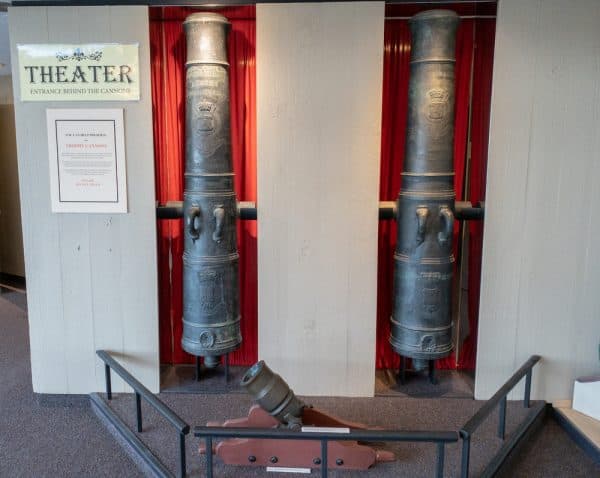
The first reason is the park’s excellent film. This 18-minute movie does a great job of covering the Revolutionary War leading up to the battle, what happened during the battle, and why it was an important event in American history.
Taking the time to watch this video definitely provided me with a ton of great context before I headed out to explore the rest of the battlefield.
The second reason to visit the museum is the large relief map that highlights aspects of the battle. This offers a nice overview of the battlefield before heading out to explore it.
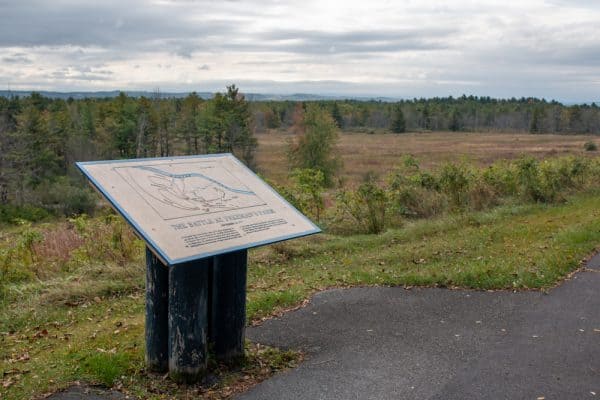
After exploring the visitor center, I highly recommend taking the time to drive through the battlefield. The road through here is one-way and 10 miles long. Once you start down the road, you have to finish driving it to the end, so make sure you have at least 25 minutes or so to complete the drive, though most will spend at least 60-90 minutes stopping and checking out the 10 marked stops along the path.
Before leaving the visitor center, make sure you pick up a park map, which has not only a map of the driving route but also information about each stop along it.

The 10 stops along the driving tour highlight different aspects of the two battles fought here, the British encampment between the fighting, and the American fortifications. At each stop, there is signage that highlights what the land in front of you was used for and its importance during the fall of 1777.
While each stop offers a bit of information and context about the Saratoga Battlefield, the ones I think are the most interesting were stops 2, 3, 5, 6, and 9. If you don’t have time to stop at each spot, consider these five to be the ones not to miss.
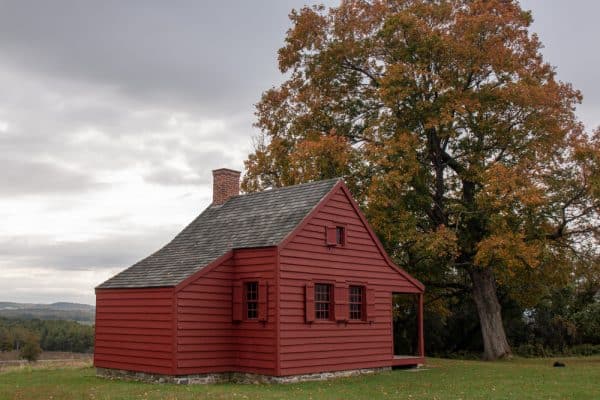
Stop 2 is the Nielson Farm, which features the only historic structure on the battlefield. This house was the headquarters for General Benedict Arnold during his time at Saratoga. On select days, the door is opened and you can view the interior from outside.
Adjacent to the home, there is information about the American fortifications along this hilltop. You can even see an outline of where these fortifications were located in 1777. Also, don’t miss the several monuments nearby including one to Thaddeus Kosciuszko, one of the forgotten heroes of this battle and the entire war.
Stops 5 and 6 highlight important points during the Battles of Saratoga. While there is little to see here today, the signage offers a good overview of the battle, and stopping here allows you to see where these important events occurred.
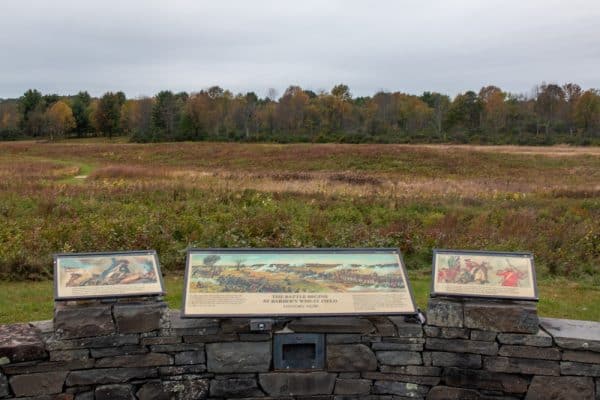
Honestly, having visited other battlefields around the region, including relatively minor sites like Fort Stanwix National Monument, I was a bit surprised how little there was at Saratoga National Historical Park. Given the battle’s importance in American history, I expected more signage, more museum displays, and more things to see out on the battlefield.
That being said, this is one of the most important Revolutionary War battlefields in the country, so I still recommend taking the time to see it if you are in New York’s Capital Region. However, you might want to do a bit of research prior to your trip in order to make sure you get the most out of your visit.
You can also drive a short distance north to visit the fabulous Saratoga Monument and the Philip Schuyler Country Estate.
Note that while the park is open year-round, the Saratoga Battlefield driving tour is closed to cars from December through March. It is open outside of those dates weather permitting.
Looking for more places to visit nearby? Check out Ushers Road State Forest, Cohoes Falls, Barberville Falls, and the covered bridges of Washington County.

